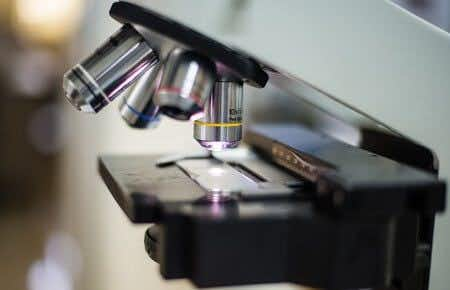The presence of talc particles in tissue became the pivotal point of a liability case that alleged baby powder manufacturers had ignored the carcinogenic risks posed by talcum powder. A woman decided to sue a large company following the discovery that she had developed ovarian cancer with no prior family history or exposure to major carcinogenic substances. The case was the latest development in a wave of allegations against baby powder companies, with patients basing their allegations on claiming that their pelvic cavities had been exposed to harmful talc. An expert capable of identifying talc particles was needed to detail the possible processes which could be used to definitively identify talc particles in tissue.
Question(s) For Expert Witness
1. Are you able to identify particles in tissue?
2. What methods or tests would you use to identify particles of a substance like talc?
Expert Witness Response E-053346
I have scientific expertise in this area and can identify talc particles in tissue. First, I would conduct a Hematoxylin and Eosin staining of paraffin sections to detect birefringent particles. If the test came back positive, I would examine the same tissue by scanning electron microscopy microprobe analysis to detect aluminum silicate. My chairman, a pathologist, would then be able to review the Hematoxylin and Eosin-stained slides to determine the presence of ovarian carcinoma.
About the author

